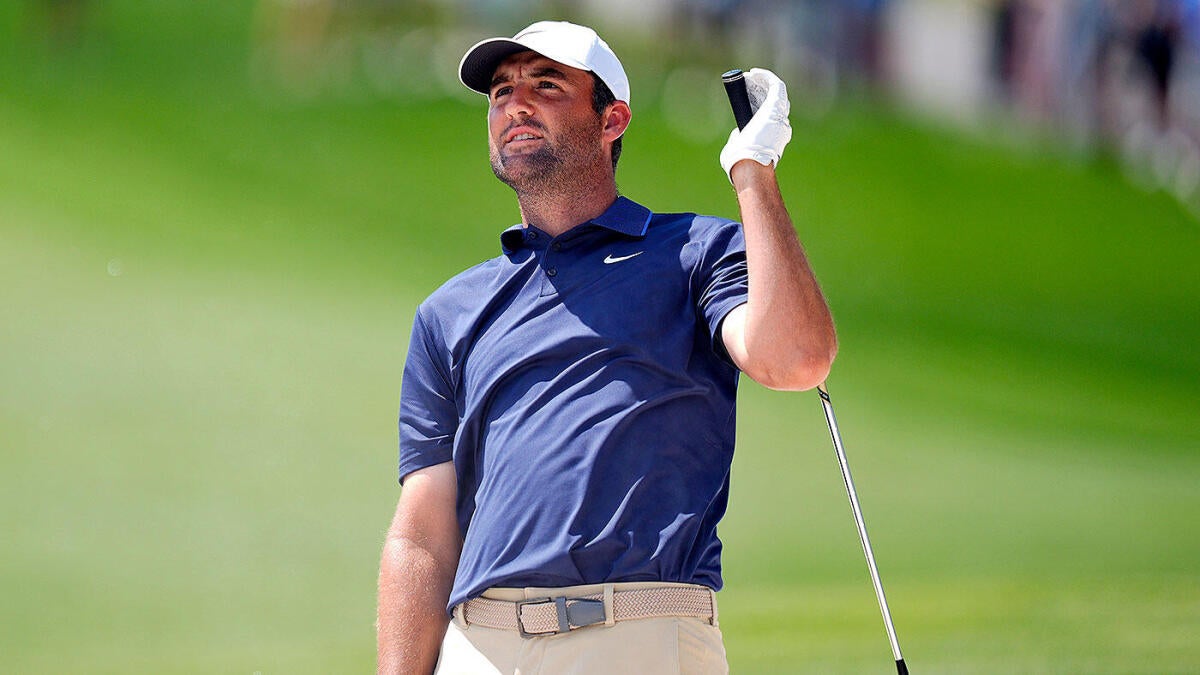Harnessing AI for Advanced Golf Predictions: A Deep Dive into the 2025 Majors
Artificial Intelligence (AI) is revolutionizing sports analytics, and its role in forecasting golf major outcomes exemplifies this transformational impact. The 2025 major tournaments, analyzed through an advanced AI-driven simulation model, reveal how technology sharpens prediction accuracy, uncovers betting value, and enriches fan engagement. This exploration unpacks how AI underpins such a model’s strengths, its methodological nuances, and the broader implications for golf aficionados and bettors alike.
AI’s Cutting Edge in Golf Forecasting
AI’s power lies in processing vast datasets and running millions of simulations far beyond human capacity. The 2025 major golf tournaments benefit from a model executing 10,000 simulations per event. This intensive computational approach leverages machine learning algorithms to simulate player performance across fluctuating conditions: form, course variables, weather, and psychological factors.
Unlike traditional forecasts that may rely heavily on expert opinion or simple statistics, AI models dynamically incorporate multiple data streams, learning from historical performances and current trends. This leads to nuanced probability distributions rather than binary favorite-underdog assumptions. Additionally, AI’s ability to adapt to emerging patterns can expose undervalued players—dark horses—who might otherwise be overlooked.
Dissecting the Favorite and Longshot Probabilities
For the 2025 U.S. Open, AI elevates Scottie Scheffler (+320) and Rory McIlroy (+550) as front-runners, aligning closely with public expectations but with a firmer statistical foundation. However, what sets the AI approach apart is its keen identification of players like Justin Thomas (22-1 at the Masters) as serious contenders. This signals sophisticated market inefficiency detection, where betting odds might not fully reflect a player’s evolving form or course compatibility.
Similarly, at venues such as Quail Hollow for the PGA Championship, the AI model predicts nuanced leaderboard dynamics. This includes spotting surging players and mapping how course layout interacts with player strengths, enabling dynamic updates to winning probabilities as events unfold.
The Methodology: Why 10,000 Simulations Matter
Running 10,000 simulations per tournament ensures robustness in forecasting. Each simulation varies key parameters—player consistency, environmental conditions, and transient factors—building a comprehensive probability distribution. This contrasts sharply with single-point predictions or simplistic odds-making, which might fail to capture range and variability.
Moreover, AI’s iterative learning improves future predictions by adjusting to new data post-event, enhancing predictive power over time. Incorporating machine learning techniques like reinforcement learning or ensemble methods enhances the model’s adaptability and resilience against outliers or sudden performance shifts.
Strategic Value for Fans and Bettors
The integration of AI into golf forecasting benefits the community beyond mere prediction. For fans, it adds richness to tournament narratives, transforming passive viewing into an analytical experience where understanding odds and player matchups deepens engagement.
For bettors, the model’s ability to highlight undervalued players and inefficiencies in traditional betting markets offers competitive advantages. Identifying value bets such as Justin Thomas encourages informed risk-taking rather than speculation. Additionally, the model stresses seasoned champions like Gary Woodland’s situational urgency, providing in-depth insight into psychological and career-motivation factors often missed in raw statistics.
Conclusion: AI as the New Caddie for Golf Analytics
The 2025 major golf tournaments exemplify how AI harnesses detailed simulations and probabilistic reasoning to transcend traditional forecasting limits. It reframes the way outcomes are anticipated—not just by spotlighting favorites but by illuminating hidden contenders and dynamic event factors.
Adopting AI-driven models injects a layer of intellectual excitement and strategic depth into golf fandom and betting. The technology’s blend of precision, adaptability, and depth offers a compelling blueprint for the future of sports analytics, where the unpredictability of golf meets the rigor of data science.
In this evolving landscape, embracing AI is akin to having a new caddie—one who analyzes every nuance with unblinking focus, guiding enthusiasts and bettors alike toward smarter, more informed decisions on the course of 2025 and beyond.











